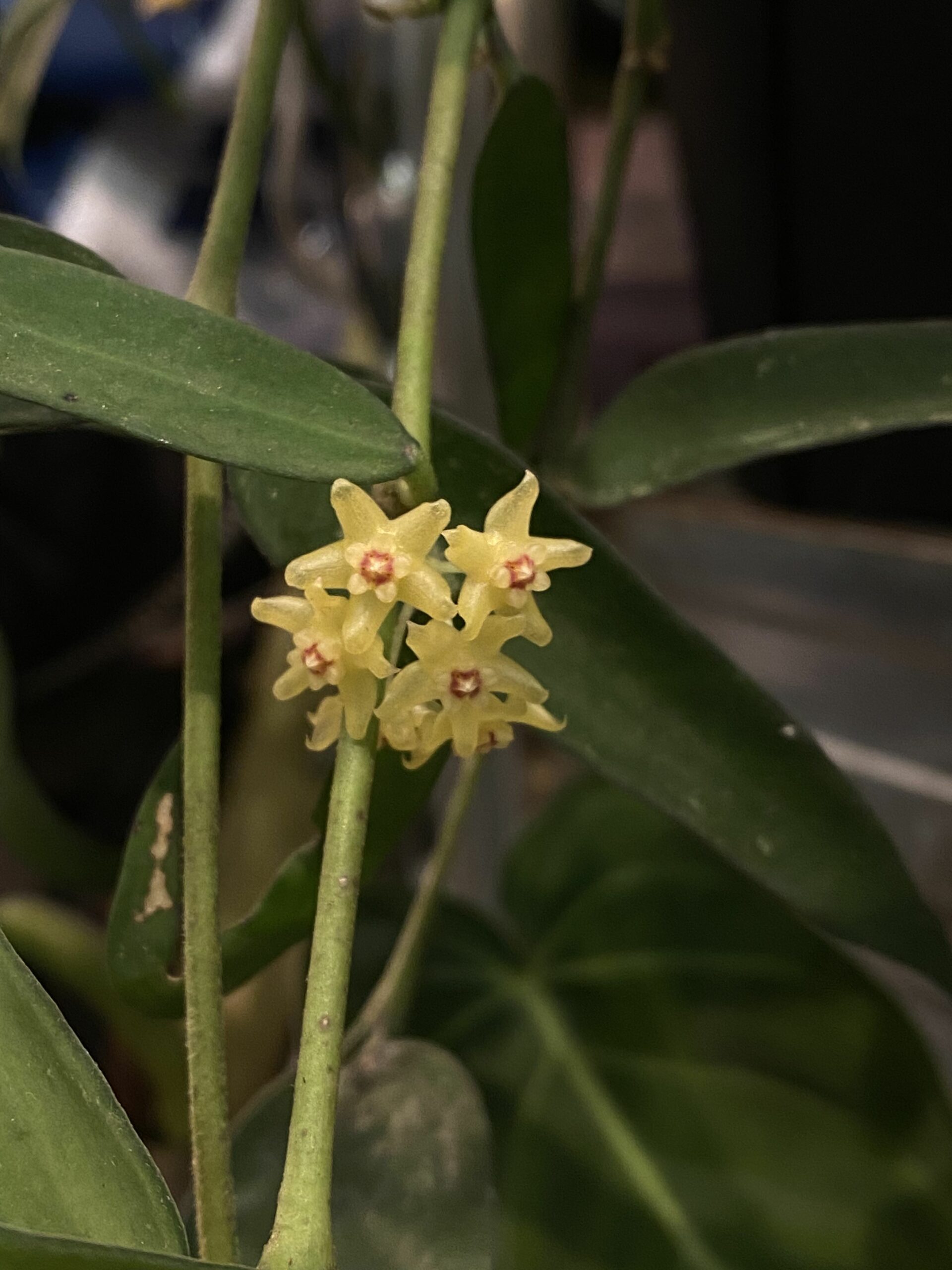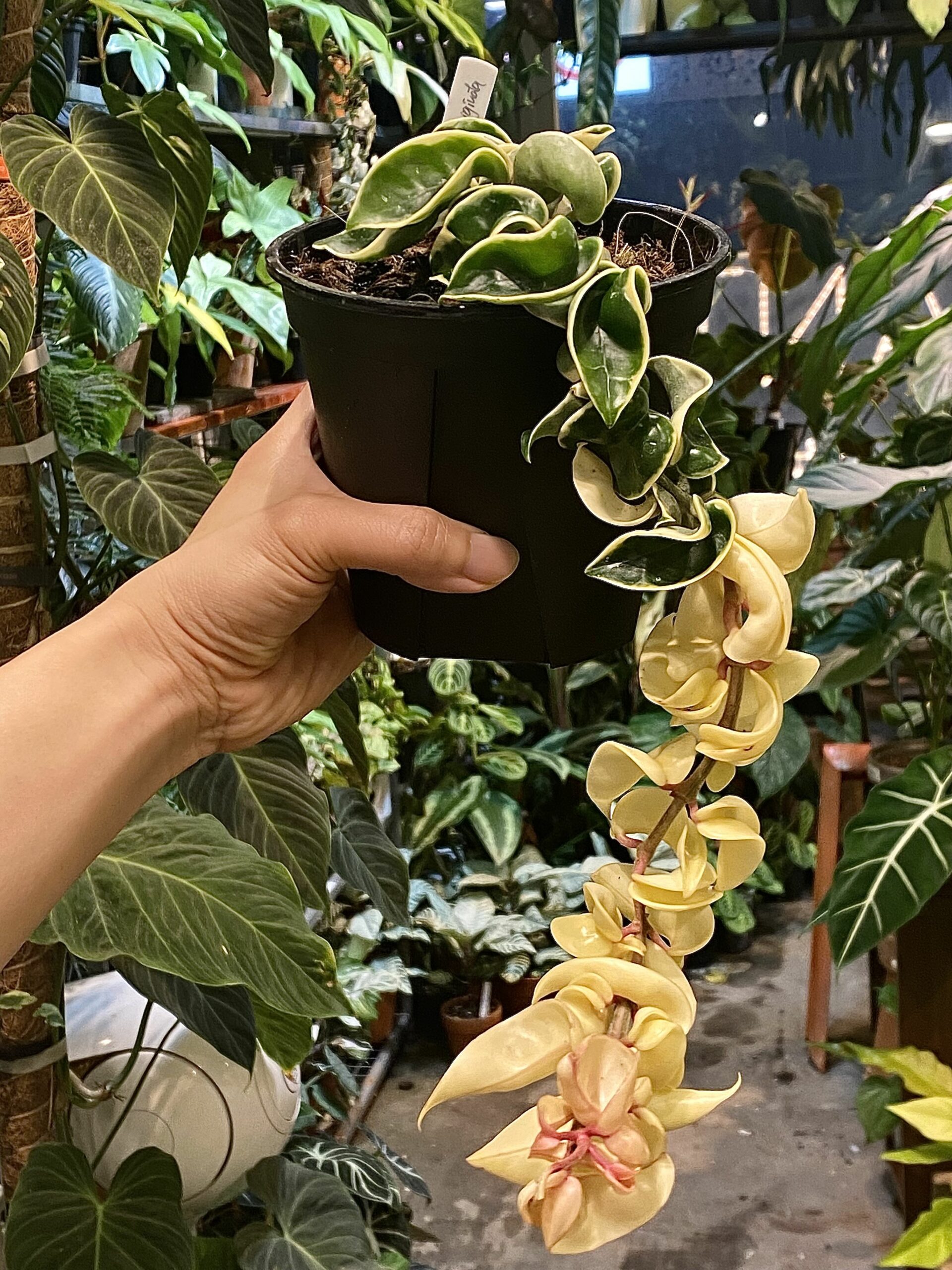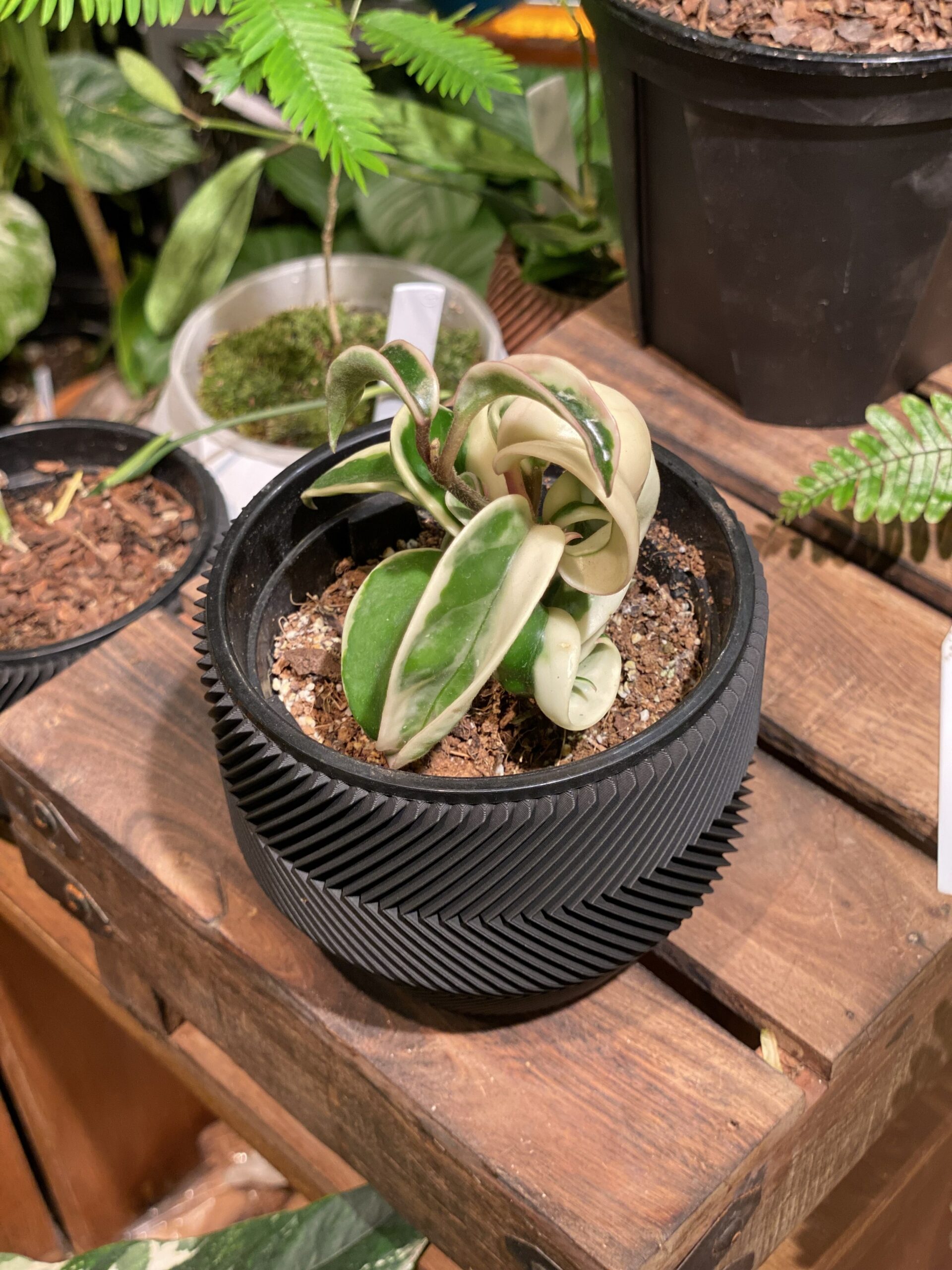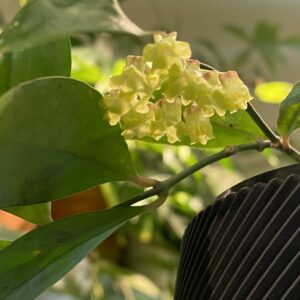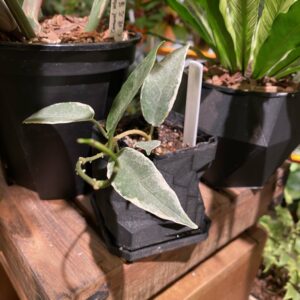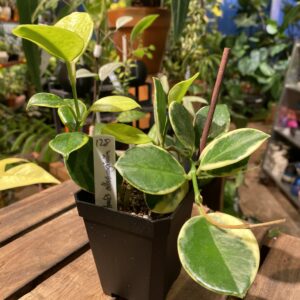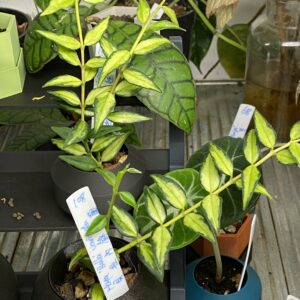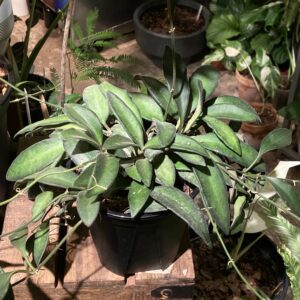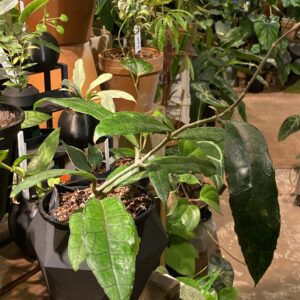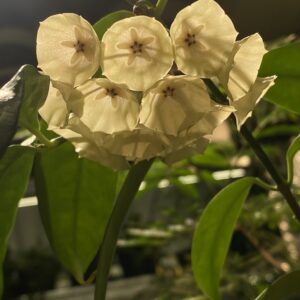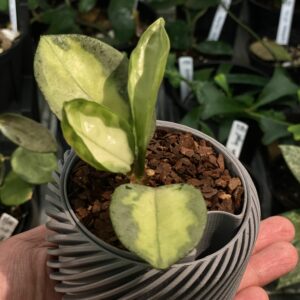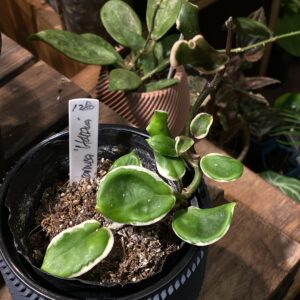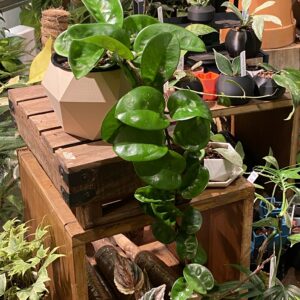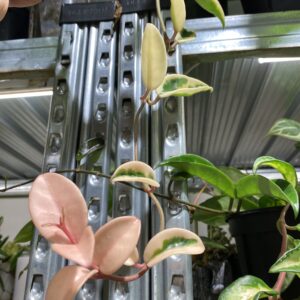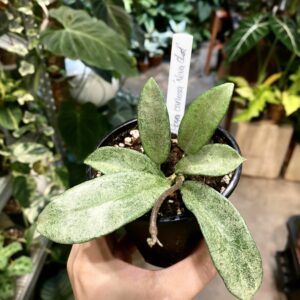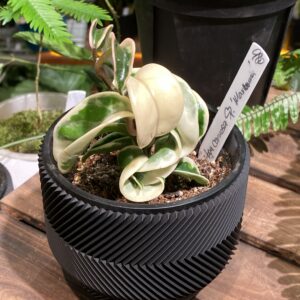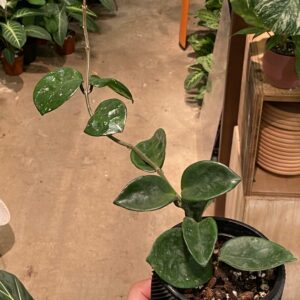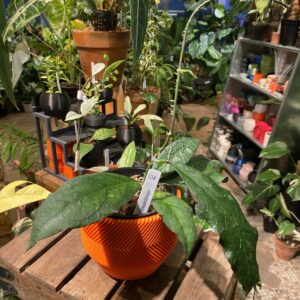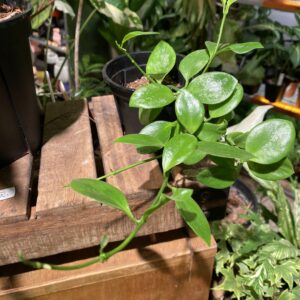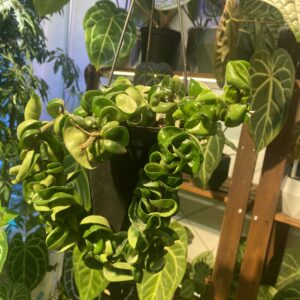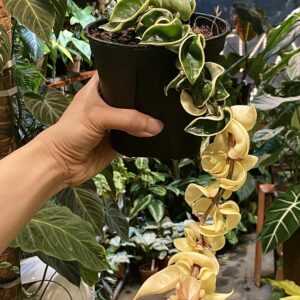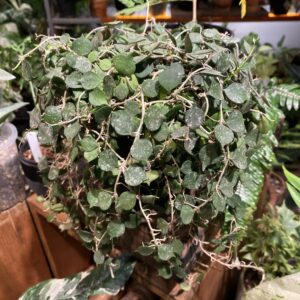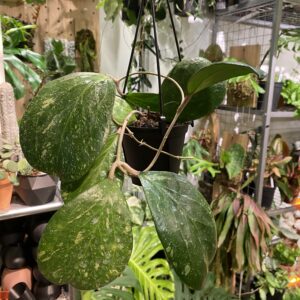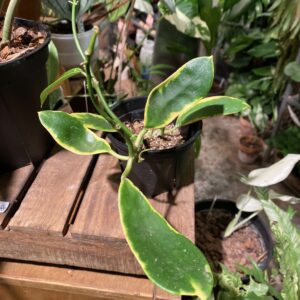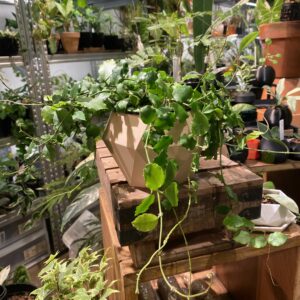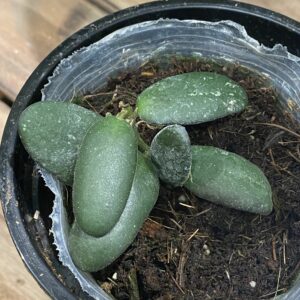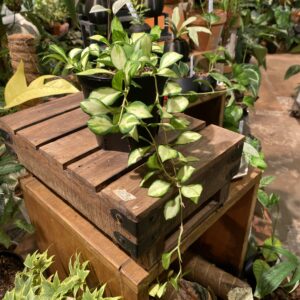When caring for the orchids, please pay attention to the following:
- Soil: Bulbous prefers fertile, breathable, well-drained soil over sticky soil. If you plant bulbs in pots, it is best to choose loose and fertile slightly acidic humus soil, you can add an appropriate amount of vermiculite to increase drainage, and you can also apply superphosphate as a base fertilizer. In addition, a mixture of 7 parts humus and 3 parts coarse sand as the culture medium can also be used as a good effect.
- Temperature: Bulbous is tolerant to cold environments, and the most suitable growth temperature is 15~28 °C. Even in high temperatures, bulbs can grow well. In winter, when the orchid enters the dormant period, it should be placed in a cool, slightly dry environment to allow the orchid to be completely dormant. The temperature during dormancy should be controlled at about 10°C in the morning, below 5°C is prone to frostbite, which can lead to leaf litter, which may eventually lead to the death of the whole plant.
- Watering: Bulbs prefer high temperatures and high humidity. Wild bulbs are usually attached to trees, and the high temperature and humidity environment helps the stems grow air roots, which help absorb nutrients. The watering principle of bulb orchid potted plants is "rather dry than wet", that is, do not overwater. If you use a substrate such as bark or bluestone to grow bulbs, watering and spraying can simulate the environmental conditions required for bulbs. If using soil to grow bulbs, it is usually watered once a week and ensures adequate penetration, or every two weeks is fine. During the growing season, even a month without watering will not have much effect on the bulbs. During the winter months, the orchid enters a dormant period and can stop watering for two or three months without affecting growth.
- Light: Bulbs are cultivated in a home environment, and in spring and autumn it is best to place them in a well-lit place near a south-facing windowsill or an indoor south window, which will keep the leaves green and in good flowering condition. In summer, the bulb should be moved to a place that is shaded from the sun to prevent strong direct sunlight, otherwise the leaves tend to turn yellow. If left in a low-light place for a long time, the leaf color of the bulb will fade and the number of flowers will decrease.
- Fertilization: Bulbs do not need to be fertilized to grow and bloom well. If you want to fertilize, it is recommended to use horn pieces. The method is to soak the roots of each pot of bulbs in diluted hoof horn flakes for about 30 minutes and apply them once a month. Alternatively, you can use a special orchid fertilizer and apply it according to the instructions on the package. When the minimum temperature in winter is lower than 15 degrees, do not fertilize the bulb orchid to avoid fertilizer damage.
- Air circulation: Bulb orchids prefer a well-ventilated environment. When growing bulbs indoors, it is important to maintain good air circulation. Windows can be opened or fans can be used to provide air circulation. This helps to reduce diseases and promote healthy plant growth.
- Pest control: Bulb orchid is susceptible to some common pests and diseases, such as leaf insects, aphids and germs. Regularly inspect the leaves and roots of the bulb, and if pests or germs are found, appropriate control measures should be taken immediately. Specialized insecticides or germ control agents can be used to treat the affected area. In addition, maintaining environmental hygiene and proper watering management are also important measures to prevent pests and diseases.
- Post-flowering management: After the bulb orchid blooms, the flowers usually last for weeks to months. After flowering, the flower stems can be pruned to the base of the leaves to promote the growth of new flower stems. At the same time, the amount of watering can be reduced, so that the bulb orchid enters the dormant period. During the dormant period, reduce the frequency of fertilization, but still make sure that the roots of the bulb orchid are not dry.
Keep in mind that each plant's needs may be slightly different, so it's important to observe and adjust your care based on your specific plant.

